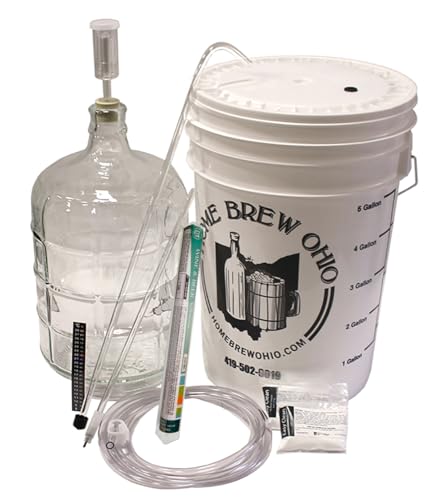I recently put new silicon bungs on 3 carboys, all wines over 1 year of age. Normal cleaning and sanitizing of bungs prior to use, wines had fresh dose of k-meta at the time the new bungs were inserted. After 3 months, two of the carboys had developed a layer of gunk or foam in the neck of the carboys -several other carboys in the same area with standard airlocks are all normal. More interestingly, one of the problem carboys was a gallon jug with an exact mate (same wine, same location) with a standard airlock and no gunk - these jugs are a 3+ year old wine from juice that I was just never able to make good enough to drink, so have been using down the original five gallons as cooking wine, vin brûlée and homemade red wine vinegar (made and stored in a totally different part of the house).
The problem wines smell fine - I racked the good one and added k-meta. I still have the one gallon jug with the gunk/foam as I thought I might try to figure out what it was or what is causing it (not a valuable gallon as I have more than enough cooking wine and vinegar).
I have never used silicon bungs before and find it curious that only those carboys had the issue. An N of 2 is not much - perhaps just coincidental or odd luck. Any thoughts?
The problem wines smell fine - I racked the good one and added k-meta. I still have the one gallon jug with the gunk/foam as I thought I might try to figure out what it was or what is causing it (not a valuable gallon as I have more than enough cooking wine and vinegar).
I have never used silicon bungs before and find it curious that only those carboys had the issue. An N of 2 is not much - perhaps just coincidental or odd luck. Any thoughts?













































